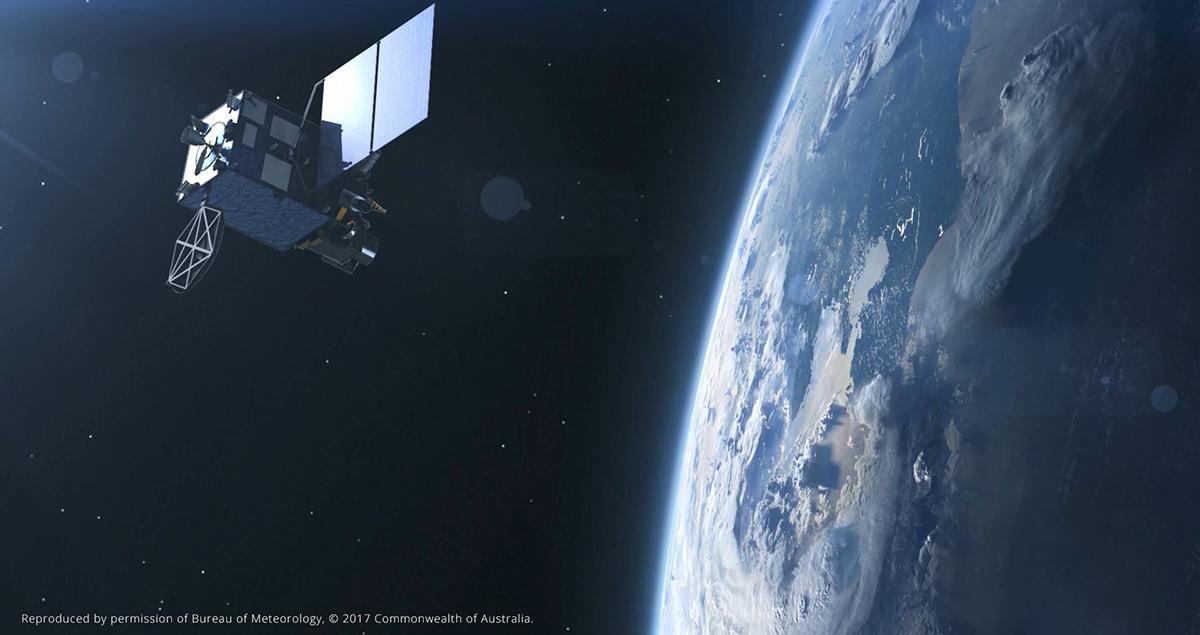How a new generation of satellites are saving lives

Weather patterns are rapidly changing, creating a need for better advanced weather detection and rapid public service announcements to those at risk of an impending natural disaster. Given detailed, updated information as a storm builds up steam, quick preparations and evacuations could save lives and even reduce property damage.
The Himawari 9-a geostationary weather satellite operated by the Japan Meteorological Agency-was successfully launched from Japan’s Tanegashima Space Center in early November 2016 and was designed to provide more details on typhoons, volcanic ash and smoke plumes, fog, and low-lying clouds than ever before. Such granularity helps not only the meteorologists who keep their eyes on the skies, but also the people on the ground through forewarning and by providing enough time to direct them out of the path of danger.
The satellite is the latest in an unbroken line with the name Himawari, which means sunflower in Japanese, that date back to 1977, and since that time has steadily provided an ever sharpening view of unfolding weather conditions for meteorologists not just in Japan, but across the Pacific region. Himawari 9 is expected to earn its keep, as its predecessor did when Winston, the most powerful tropical cyclone ever recorded in the Southern Hemisphere, battered Fiji with winds up to 177 miles per hour in February 2016, leaving thousands without power on the island nation.
The real-time images the Himawari fed to meteorologists were instrumental in assisting efforts made to direct people out of harm’s way. This kind of detailed advanced warning will only become more vital as climate change affects the planet.
Mitsubishi Heavy Industries and the Japan Aerospace Exploration Agency (JAXA) launched the Himawari on behalf of the Japan Meteorological Agency. Mitsubishi Electric Corporation built the satellite, which will serve as an on-orbit backup for the Himawari 8 currently in operation.
Together, the pair of satellites can take a full picture of East Asia and the Western Pacific every 10 minutes, compared to the 30-minute update times available with the old pair of MTSAT weather satellites. This means faster disaster preparedness, which translates to early response times in the event of a major natural disaster. The data from the Himawari 9 will make it easier for those at risk to evacuate in the event of a major storm or typhoon, helping to mitigate the effect of an inevitable disaster. It is a major breakthrough in meteorological technology, the effects of which will help save lives.





